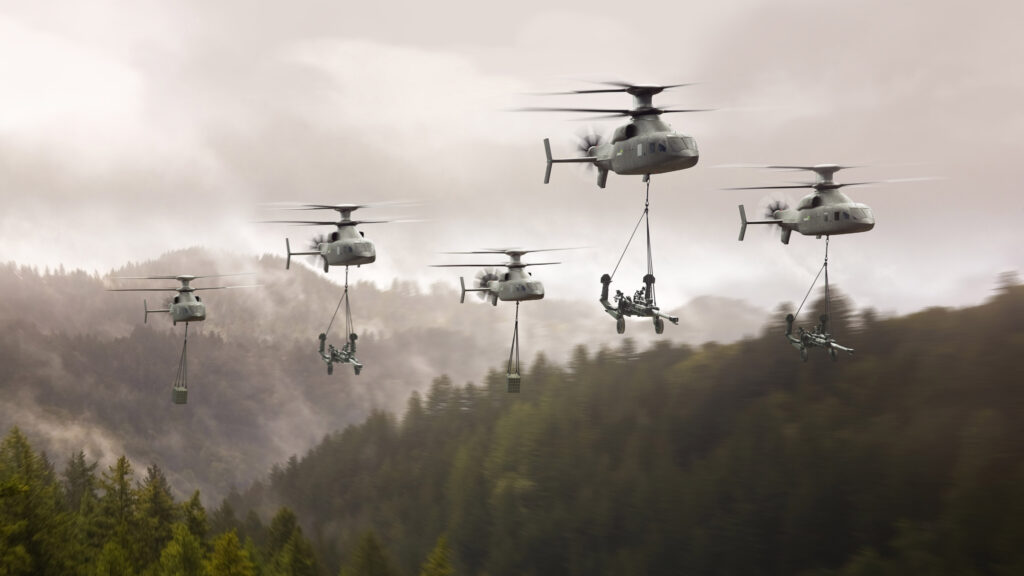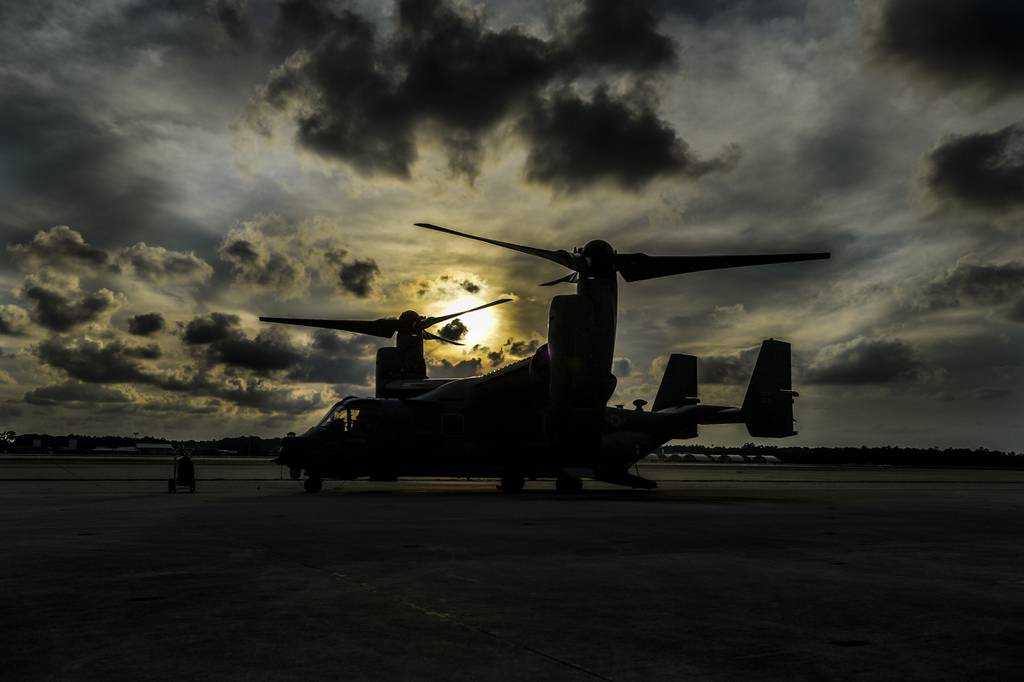The osprey seems like one of those things that theoretically works, looks really cool, and has public fanfare. But the real world use/history is pretty damning. I see evtol going a similar path. At what point is the public fanfare not enough to keep it in service with better safer more reliable tools out there?
Depends on what alternatives there are. The Osprey will carry a platoon of troops at ~250 knots for 800+ miles, then vertically land at the LZ. A Chinook has roughly the same carrying capacity, but half the speed and half the range. Also has half the ferry range; important if you're trying to get assets to a far-away operational area.
And as far as the ETOLs, I keep imagining the conversation if internal combustion engines had *just* been invented.
"Let me get this straight: it operates with a series of explosions?"
"Yep. 4,000 explosions per minute for the little engines, or 20,000 or so for the big ones. With a four-engined aircraft, you'll be having almost 100,000 explosions on the wings every minute."
"It is noisy?"
"I'll say! After all, they ARE explosions!"
"And it's powered by gasoline."
"Yep. A fancy metering device sends a precise mixture of gasoline and air into the engine."
"And if they ratios are wrong?"
"Well...it either doesn't run, or it catches fire."
"HOW are the explosions triggered?"
"We have another fancy device that triggers a spark at exactly the right time."
"Exactly the right time? How do you adjust it?"
"Well, you loosen this bolt, and rotate the ignition device back and forth."
"What happens if it's wrong?"
"Oh, don't worry! The engine won't operate if the ignition device is more than a couple of degrees off the optimal location. Well, it's possible for the engine to break apart, but we think the operator will detect that in time."
"Got some fancy instruments to warn him?"
"Nahhh, he should be able to hear it banging."
"Banging from the gasoline explosions."
"Yep."
"Where does the gasoline come from?"
"Dead dinosaurs and fossil trees."
"And how safe is that gasoline?"
"Well, you don't want to get it on your skin. Might cause cancer. And it'll burn intensely if the tank is ruptured. Oh, if the conditions are right, it'll outright explode."
"Well, at least it's just the pilot at risk."
"Ummmm...well, we plan on carrying at least 100 people in the four-engine variety."
"I see. Would you mind trying on this coat? You'll note that it has stylish straps that wrap your arms around to your back....
Ron Wanttaja



